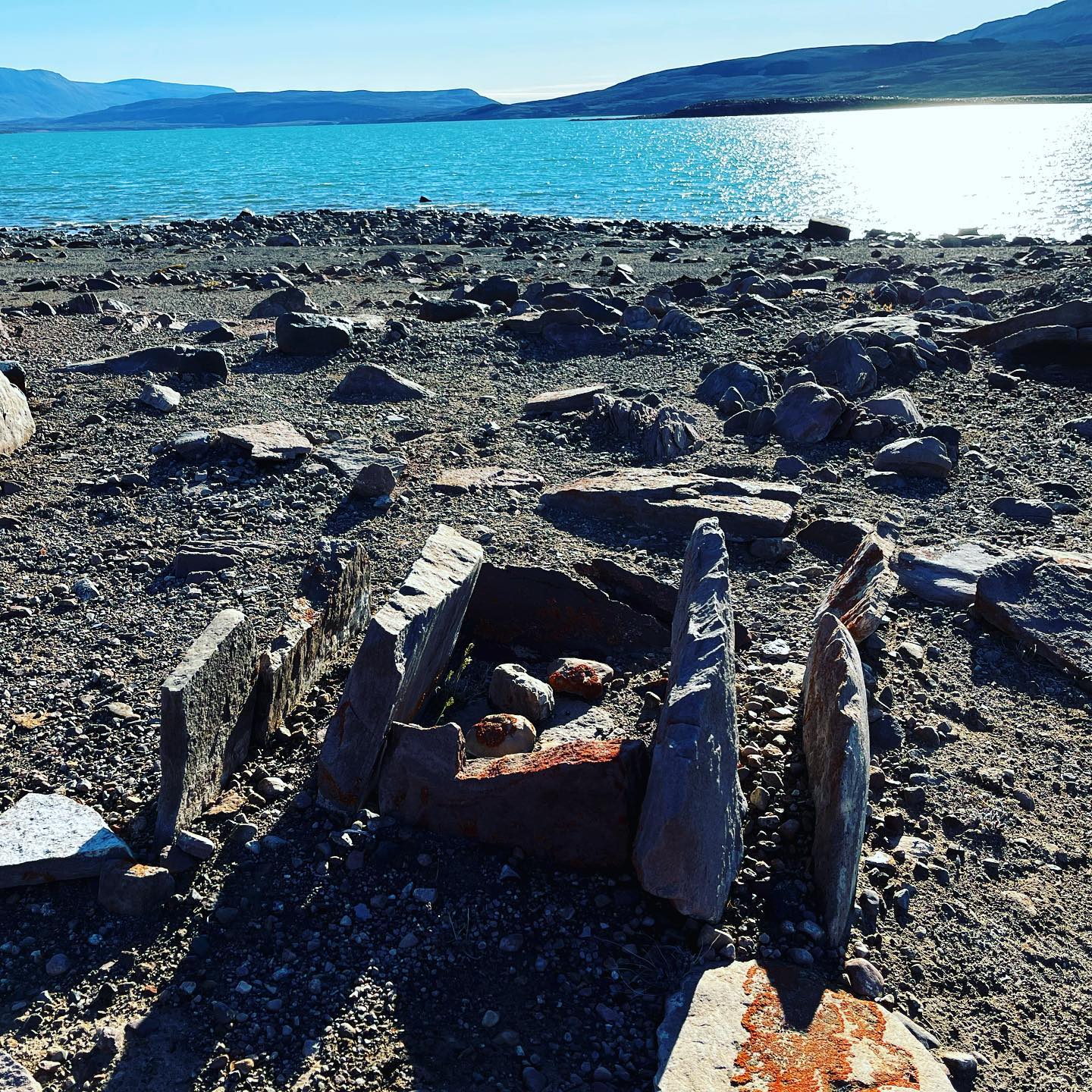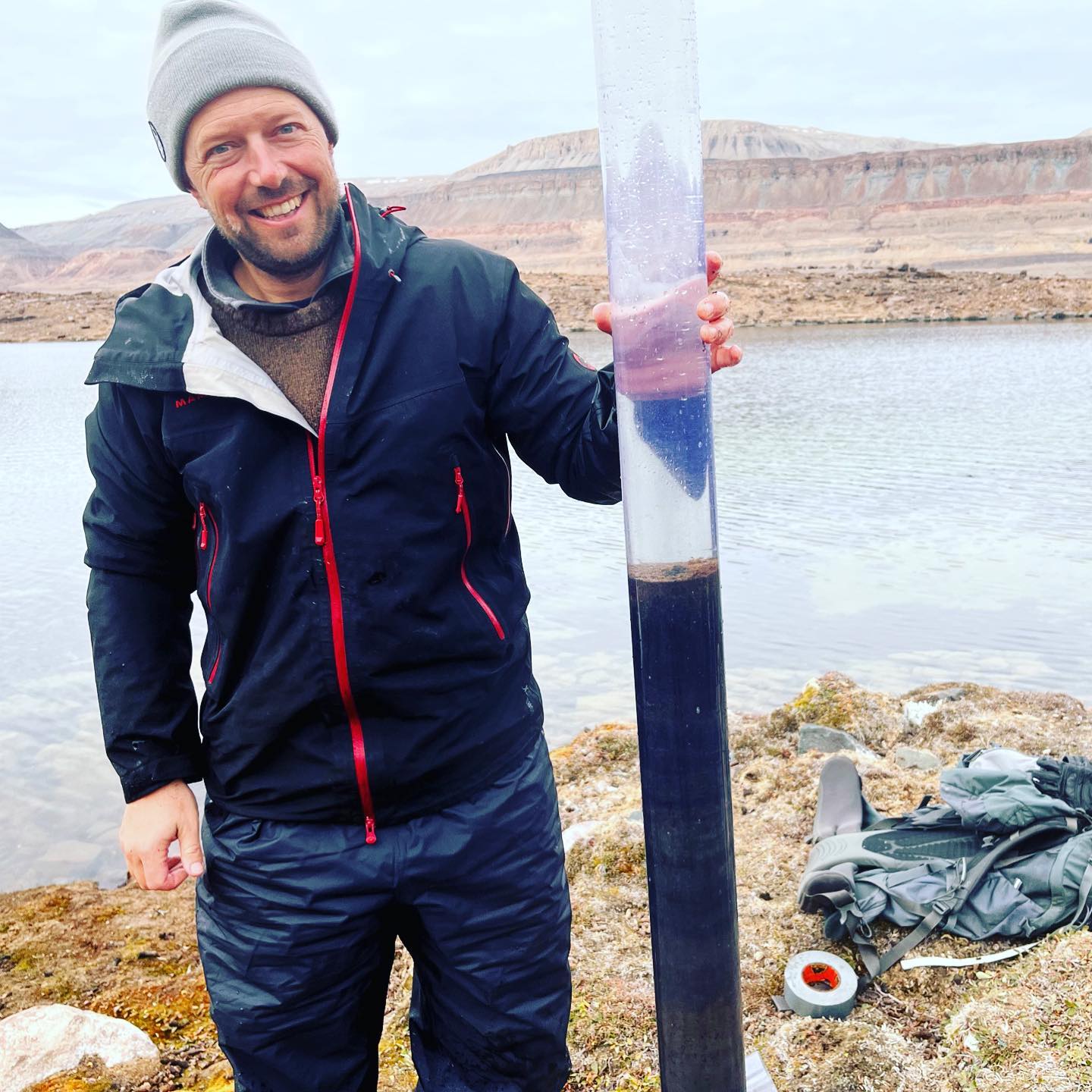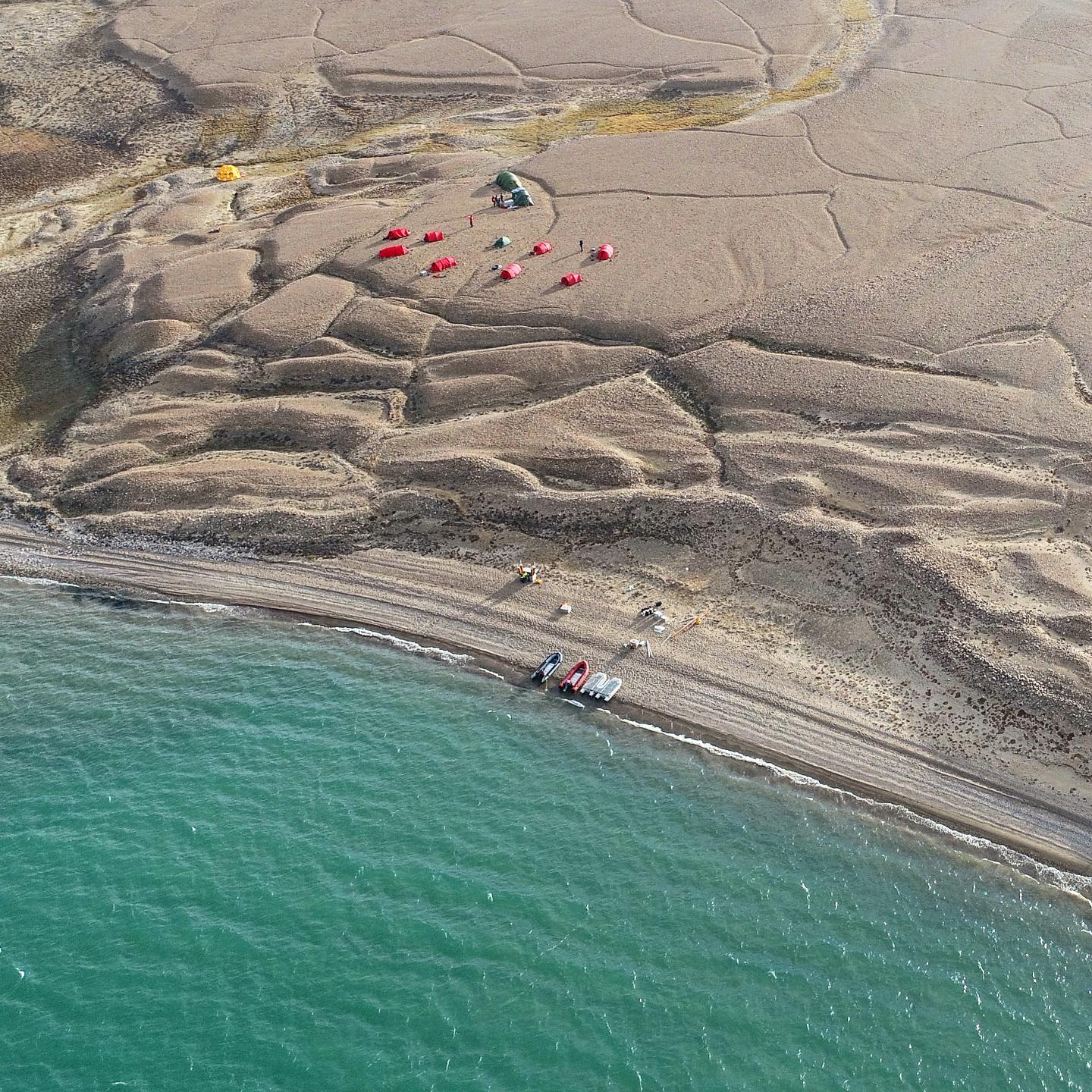An interdisciplinary team of researchers is heading back to Greenland this week (30 July) for the second phase of the Wandel Dal Project. This unique project aims to unravel the mysteries of the ancient human settlement in Tunup Avannaarsua, or the Great North of East Greenland, and its relationship with climate and environmental changes over the past 5000 years.
People first travelled to this part of Greenland around 4500 years ago, marking the beginning of human migration from Alaska across the Canadian Arctic into Northern Greenland. These early settlers, who occupied what is now called Inutoqqat Nunaat, the "Land of the Ancient People", lived in Wandel Dal and the surrounding area between 4500-3850 years BP and again between 2900-2250 years BP. Following 2250 years BP, the region saw sporadic use by Thule people, ancestors of the modern Inuit, over the last ~600 years.
Archaeological evidence points to a once abundant ecosystem in this high Arctic oasis, teeming with muskoxen, hares, foxes, birds, and char. However, much remains unknown about the reasons behind the initial settlement, the use of the region, and its eventual abandonment. The Wandel Dal Project assumes that favourable climates and abundant hunting resources were crucial for sustaining life in this harsh environment and that subsequent climate and environmental changes influenced the migration patterns of these ancient peoples.

Using the shores of Upper and Lower midsummer lakes as a base, the team will retrieve sediment cores from surrounding lakes in the valley to build on the 8000-year old cores recovered in 2022.
These sediment cores will be analysed to reveal long term changes in temperature, rainfall, lake ice cover, and the presence of terrestrial plants and animals. Additionally, the researchers will map key archaeological features and refine the timeline of human occupation in the area through advanced radiocarbon dating of archived materials.

Researcher Billy D'Andrea holds a core from a lake. Jostein Bakke.
Dr Bianca Perren from British Antarctic Survey is part of the team. She says:
"It's wonderful to be working with this team to understand the ancient people of this region. We want to know what they ate, how they lived and why they left. We hope to get a glimpse into how they adapted to a changing climate."
The team, from the USA, Greenland, Norway and BAS, will use drone technology to survey and create detailed maps of archaeological resources along Wandel Dal, focusing on areas such as Pearylandville and Deltaterrasserne in Jørgen Brønlund Fjord. These efforts aim to support the designation of the region as a National Heritage Site.

The lake sediment cores, once collected, will undergo a series of sophisticated analyses to piece together the past climate and why the people left the region. Computer modelling of the past sea ice and ocean circulation will help the team to understand how these factors influenced Paleo-Inuit migration. By simulating the changes in polynyas' location, extent, and duration, researchers hope to uncover how these open-water areas impacted hunting opportunities and migration routes.
This comprehensive study aims to offer new insights into human-climate interactions in Wandel Dal and contribute significantly to the broader understanding of the Holocene climate history of the Arctic.






